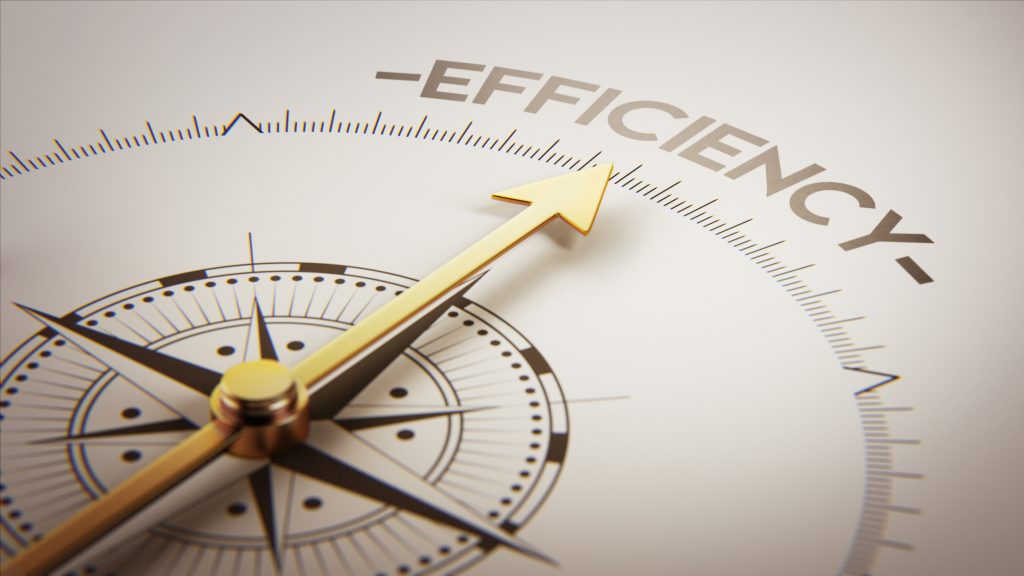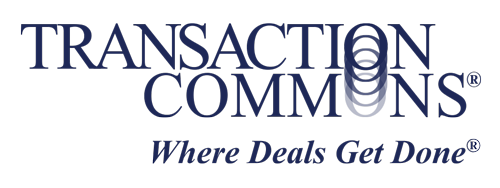In Search of Transaction Efficiency

In previous articles we have discussed transaction process governance – the definition and application of rules that apply to the handling of information and documents during the due diligence and agreement negotiation phases of the transaction process.
Transaction process governance is one component of the larger objective of Transaction Efficiency. This article will look more broadly at the elements of the transaction process governance and opportunities for Transaction Efficiency improvement.
We are focusing on strictly the transaction process. In the case of a business acquisition transaction, the “transaction process” means the process steps between the identification of the target and the closing of the definitive acquisition agreements. These are activities in the middle of a much wider range of M&A efforts. These steps come after extensive effort around strategy development, acquisition target identification, and transaction structure definition and before the hard work of integrating the acquired business with the acquirer’s operations. Even these broader acquisition process topics get surprisingly little attention. See, for example, “Acquisitions: The Process Can Be a Problem, David Jemison and Sim Sitkin, Harvard Business Review March 1986
The transaction process involves elements of information and document exchange, decision-making, and negotiation. Inefficiency can arise at any point in the process. The result is most often wasted time and closing delays, additional advisor fees, and wasted resources for each party’s transaction team. At worst, a poor transaction process can lead to the transaction not being completed, or can give rise to actual errors that are only identified after closing the transaction – with potentially damaging consequences.
The first step in transaction process improvement is identifying specific sources of inefficiency. As noted in our prior discussion of transaction process governance, it is helpful to consider the due diligence and transaction agreement negotiation efforts separately.
How many of these sound familiar in the due diligence process?
- New information is provided (or added to the virtual data room long after the target due date and possibly on the eve of closing)
- Even after an organized start to the due diligence process, important follow-up information is shared among a subset of the team but not with everyone who should have been in the loop
- Team members are added late in the process (possibly including professional advisors) and are not provided complete access to all of the existing information, or, if complete information is provided, it is a time-consuming effort to get them up to speed
- Multiple individuals are involved in providing or supplementing due diligence information, leading to inconsistency in how information is organized in a virtual data room and making an email search to find information unreliable
- An individual actively involved in the “administration” of the transaction becomes unavailable (either because of vacation, job change, or commitments to other projects) and a new person is given that responsibility
The transaction agreement negotiation process can have its own set of inefficiencies:
- Internal discussion or opposite party negotiation time is wasted because one or more of the participants was reviewing an outdated draft of an agreement
- Parties with agreement approval authority are included only late in the process and have questions that must be addressed
- Agreement comments are collected haphazardly and poorly tracked, and in some cases are provided late – after an agreed-upon deadline – but cannot be ignored
- Parties are concurrently working on agreement revisions and an interim draft is presented by one party
- Wavering decision-making and the need to quickly and accurately revert to prior agreement versions
- Inefficient collection of signatures from the required parties
Mistakes can occur. Identifying and correcting these mistakes (or process defects) should be of the highest importance. Unfortunately, in many cases these mistakes are identified only well after the completion of the transaction when problems cause the parties to go back to reference the transaction documents. Errors could have arisen with agreement language because versions were not properly managed. Or the recently supplemented exhibit might not have been taken into account in drafting the language of the agreement it accompanied. At worst, one of the required signers might have pulled an outdated version from their email for execution.
These are a few recurring examples of mistakes. We encourage regular transaction participants to consider applying the “kaizen” concept of continuous improvement to the transaction process. A kaizen event after the transaction is an ideal opportunity to assess the process, identify inefficiencies, and develop improved processes for the next transaction. Of course, this kind of continuous improvement review should also be applied to the critical phases of strategic planning and decision-making (before the actual transaction) and the integration efforts that occur after the transaction.
Once inefficiencies are identified, an improved set of transaction processes can be developed. Parties with regular transaction activity should keep a complete “playbook” and thoroughly document transaction processes. The training of individuals as “transaction administrators” can also bring efficiency and consistent process implementation. Parties with less regular transaction activity should look to outside transaction process experts for support.
Technology can be part of the solution, although each transaction is unique and involves too many distinct disciplines (on opposite sides of the transaction) to apply a high degree of automation (or artificial intelligence) to the process. Virtual data rooms have clearly brought efficiency to the due diligence process, but little, if any, efficiency to the transaction agreement negotiation process. And for many smaller transactions, robust virtual data rooms are considered too expensive. Alternate approaches, including sharing of cloud-based file folders to take the place of a virtual data room, lead to a host of potential complications.
The optimum transaction platform provides uniform access to due diligence information and transaction agreements that are being negotiated. Ideally, it would be built around a defined transaction team, which would include individuals on both “sides” of the transaction. Of course, in this situation, the ability of one party to see information about another party’s activity may not be appropriate and should be tightly controlled. We have discussed the shortcomings of one-sided solutions in our recent article. At the very least, access rules implicit in any transaction platform must be clearly communicated to and understood by all parties. A platform with unclear rules or unfair access will be simply bypassed by any disfavored or uncomfortable parties and the potential Transaction Efficiency will be lost.
